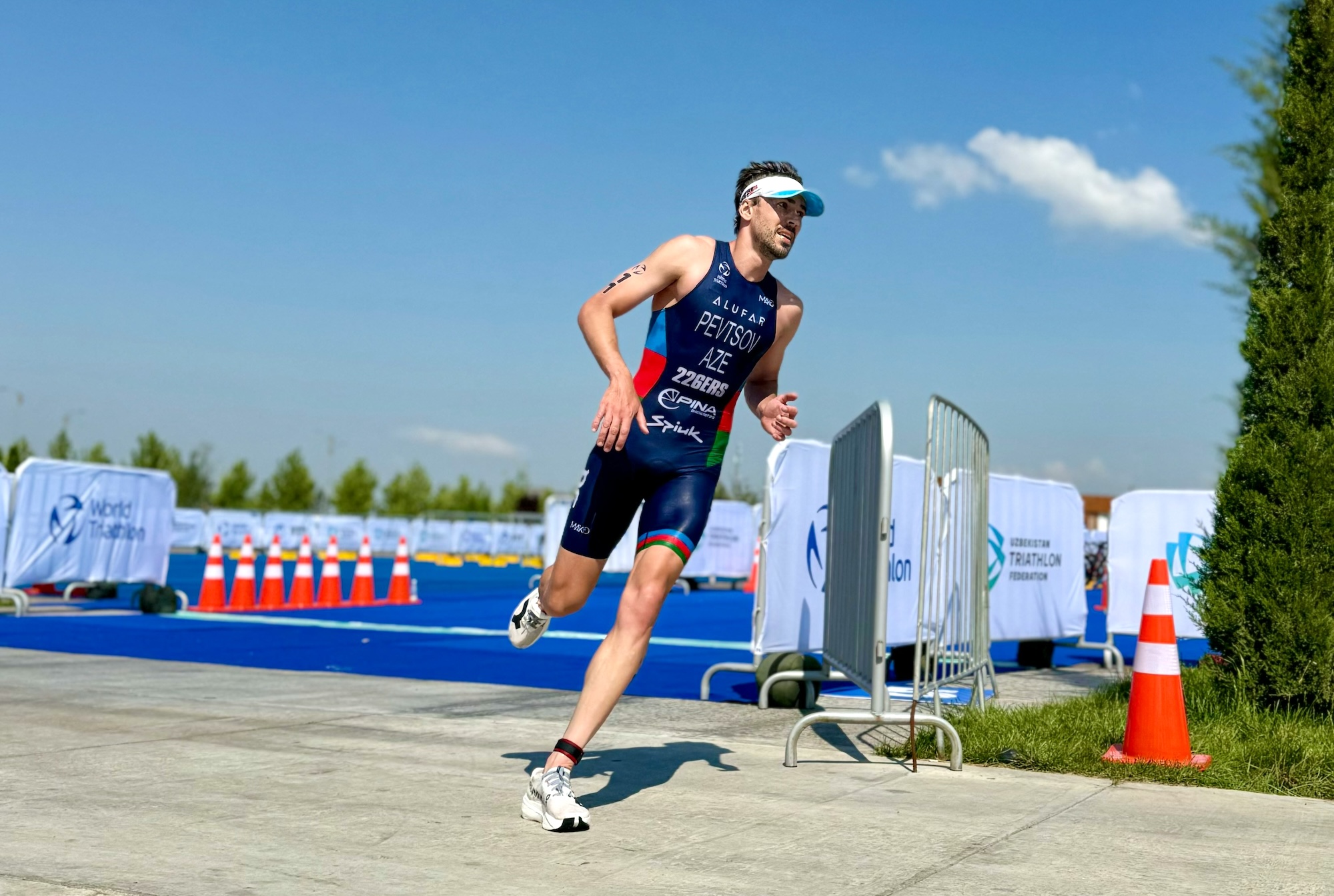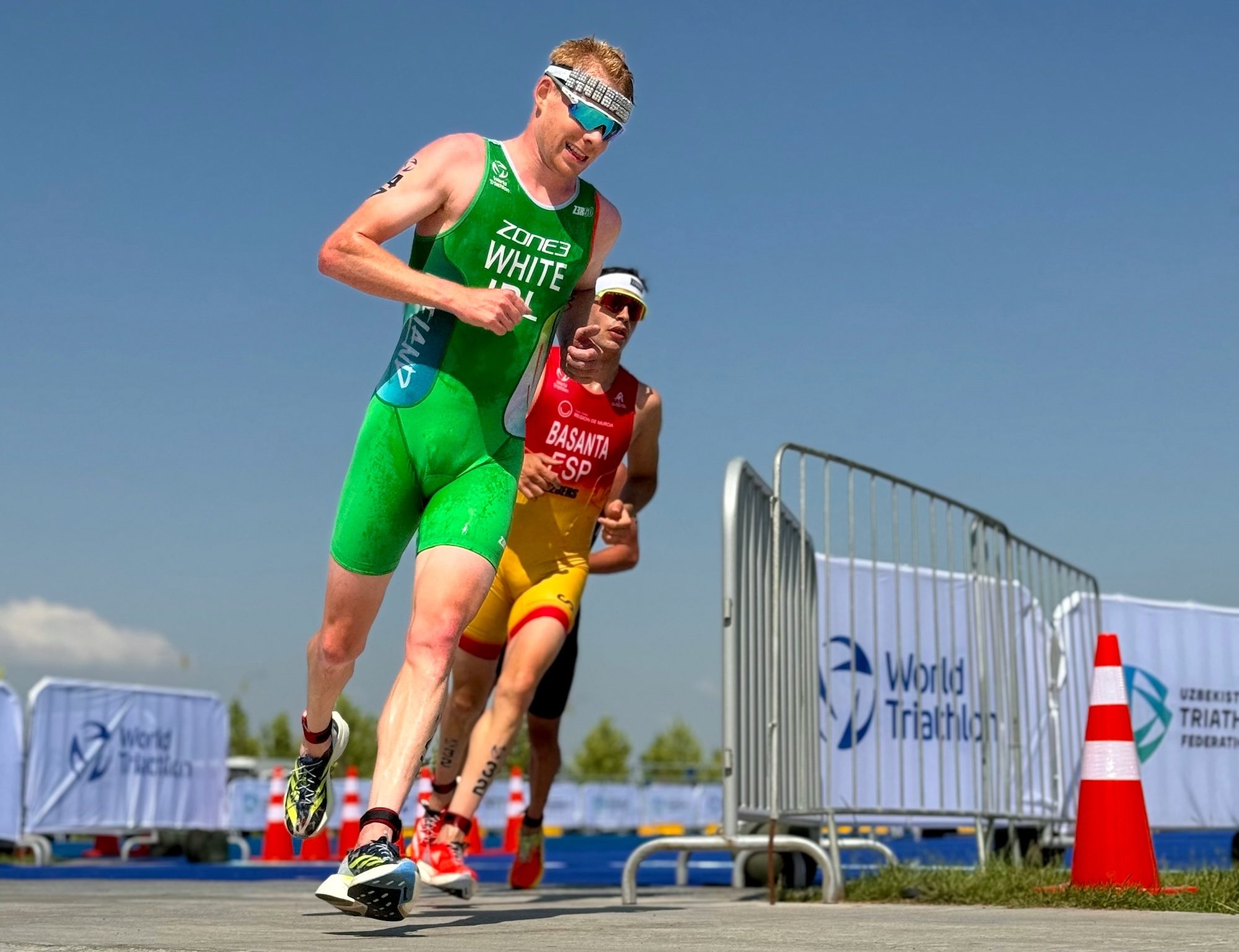It’s not unusual to spend months, if not years, training for an event. Whether it be a marathon, triathlon, or even a shorter event like a 10K run, there are times when the results don’t give justice to the hundreds of hours we put in. We can use all the cliches like “can’t win ‘em all” or “I’ll try harder next time” but the fact of the matter is, if we don’t try to learn from such setbacks, it’s hard to improve.
We have to learn from our mistakes so we don’t waste our efforts. Truth be told, I’ve had my fair share of “failures.” Yet, I use the term failure with a grain of salt as I know these are all part of the game and that I can treat them as a learning experience. Here, I’ll share a few tips so you can learn, without necessarily falling into the same traps.
Underhydrating The most common mistake you can make to sabotage your race is to not take enough water
The most common mistake you can make to sabotage your race is to not take enough water
This is probably the most common mistake people make. Whether you’re a newbie or veteran, hydrating well during a race is difficult. In training, we often find it more convenient to stop, refill our water bottles, or take extended hydration breaks between sets. However, on race day, we are at the mercy of the aid stations. Not only are hydration stations far apart (generally 1 to 1.5 kilometers between each other at best), these stations usually only offer half-filled cups. This poses a problem when you have races lasting more than an hour. At first, dehydration might not be evident, but all of a sudden, heart rate goes up, intensity goes down, and you’re struggling significantly. If left unchecked, this can lead to cramping, lightheadedness, and even heat stress.
Tip: Bring a water bottle or hydration belt during hot and/or humid races. Aim for at least 800mL/hr and increase if you’re a heavy sweater or the conditions are more adverse than usual.
OverpacingNothing beats the thrill and excitement of race day. You feel the energetic atmosphere and the competitive switch turns on once the gun goes off. For the first few minutes, you feel invincible as everyone surges through the start line. Unfortunately, reality kicks in and you feel the legs get heavier, breathing is labored, and the dreams of smashing a PR start to fade. You probably pushed harder than you should.
More often than not, we need to be a little bit more conservative, especially early in the raceWe can’t expect ourselves to hold a pace that we already struggled with in training. Of course, there are exceptions to the rule. That sudden rush of adrenaline, the well-designed taper, and sometimes, that competitive push tends to eke out numbers that are somewhat out of the ordinary for us. Yet, more often than not, we need to be a little bit more conservative, especially early in the race. Going too hard too soon is a recipe for disaster as it just makes the rest of the race unnecessarily difficult.
Tip: Do a proper warm-up and start conservatively. Gradually build into your race effort and save some energy for a final kick. It helps to dial in your numbers if you want to be scientific about it.
Under- or overfuelingI have my athletes practice their race nutrition in training. They don’t do it every session but there are key workouts where they need to recreate what they will take on race day.
It’s a good way for us to correct any mistakes, adjust the timing, amount, and type of fuel, and to train the gut to absorb carbohydrates. However, on race day, things can still go wrong. Usually, getting distracted is a common issue—some forget to take their gels or drinks. Getting too engrossed in the event can cause them to misfire on their nutrition timing. This can potentially lead to a performance decline towards the latter half.
 While having a smooth nutrition plan is important, athletes need to be flexible on race day, too
While having a smooth nutrition plan is important, athletes need to be flexible on race day, too
Another problem is that some are overzealous and load up more than they should. A classic issue is taking a gel with a sports drink. This means you get too many carbs in your gut such that your body starts to reject it. It often results in bloating, vomiting, or even LBM. Similarly, some take the correct amount of carbs but fail to hydrate enough. This poses the same problem with a dense, oversaturated concentration of carbohydrates in your stomach.
Tip: Practice and execute your nutrition plan but still be flexible. There are times when our body just won’t absorb the same stuff we usually take in. This can be due to stress, intensity, dehydration, heat exhaustion, etc. Nonetheless, it’s as simple as dialing back on the fuel, taking more water, and letting things settle down. Sometimes, eating something solid can help as well.
Not acclimating for the eventFor long events, especially triathlons, our bodies get shocked with the heat and humidity we encounter during the latter parts of the race. Our bodies, unfamiliar with the temperatures we are suddenly exposed to, work overtime to cool our bodies. This results in less blood flow to our muscles (a significant dip in performance), increased sweat rates, and even higher rates of glycogen (carbohydrate) utilization with lower rates of carbohydrate absorption. The end result, as you would expect, is disastrous.
Heat training is the most common term for acclimating to the temperature or humidity of a race and it can be achieved multiple waysNow it doesn’t have to be this way; we can acclimate to the temperature/humidity (at least to a certain degree). Heat training is the most common term for this and it can be achieved multiple ways. Spending half an hour running midday, going to a heat chamber, working out without a fan, or putting on extra layers are all valid methodologies.
Ultimately, the goal is to stress our body but not beyond its breaking point. The trick is to introduce it gradually, find that sweet spot, and to recover between bouts. Contrary to popular belief, you don’t have to heat train all the time. It’s most beneficial to do it as your A-race draws closer.
Tip: There are gadgets that allow you to monitor your core temperature such as the Core Body Temperature Sensor. When we first brought it into the countrycafe casino, we were surprised with how useful the data could be. Not only can you keep track of how your body acclimates, you can also find the best effort/intensity that will allow you to adapt. Lastly, on race day, you can make adjustments on the fly so you don’t blow up.
